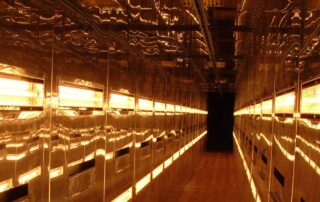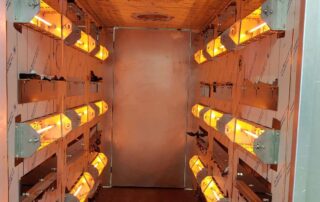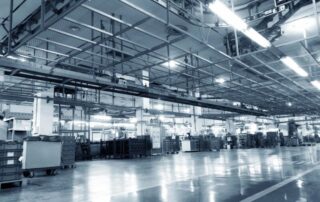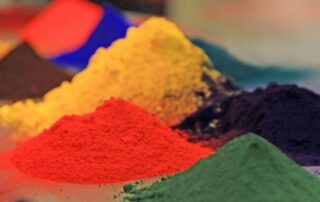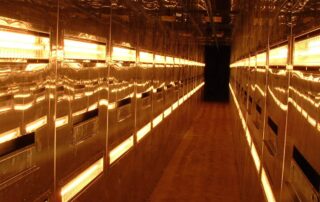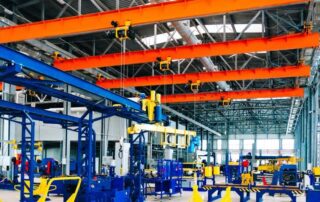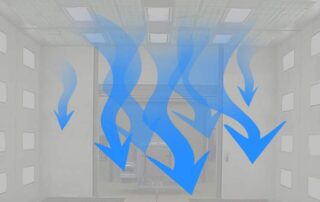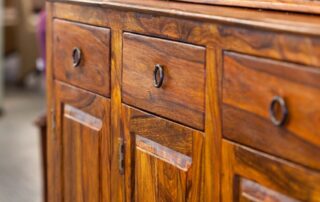Different Types of Powder Coating Ovens and How to Choose the Right One
For professional results in powder coating, choosing the right type of curing oven is essential. A high-quality curing oven will produce superior results, as well as save money in energy costs. There are many options in powder coating ovens, each with their own set of advantages and disadvantages. The two main types of powder ovens include infrared and convection curing. The main difference between these two ovens is how they work. Convection Powder Coating Ovens Convection ovens use convection heat, transferred through the air, to increase the temperature of the oven and the product surface. Curing in a convection oven starts on the outside of the product and works in. This outside-in method means it takes longer to cure the powder coating than it would with infrared. Due to the longer process, convection ovens are more often used for small production shops. But because convection ovens cure slower, they generally cost less than infrared ovens to purchase. There are two types of convection ovens: electric and gas-powered. Electric ovens usually have smaller variation in temperature control and cost less to [...]


